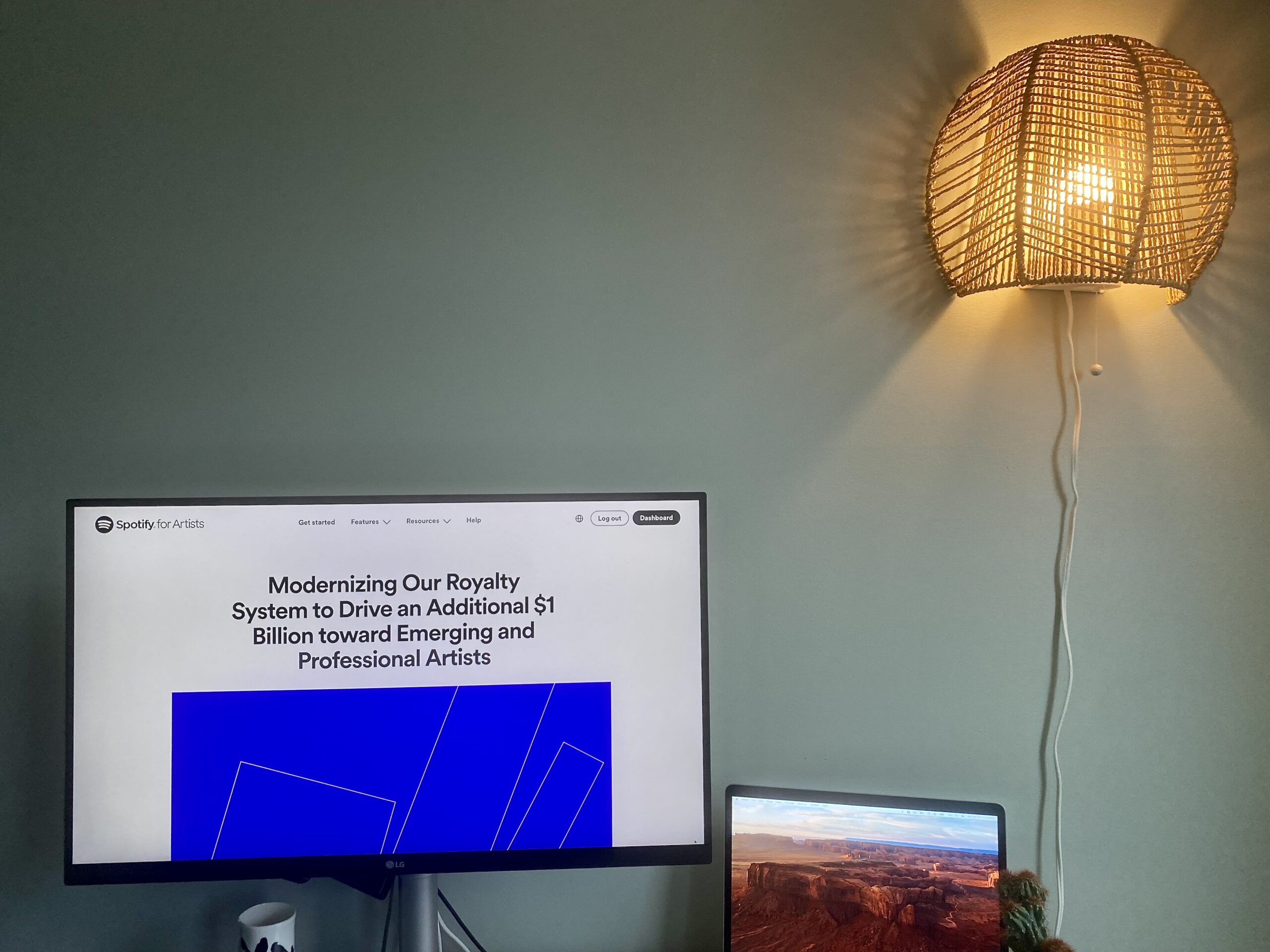In the waning of 2023, the news that Spotify was ‘modernizing’ its royalty system came as cold comfort when it dawned on me how squarely I seemed to be targeted by unfavorable changes. It wasn’t personal, but I took it that way. As someone who hyperactively releases audio content , I was mindful of the risks: my credibility as an artist could suffer, I could overwhelm even super-fans with content, I could dilute the value of my repertoire, and I could alienate people with my too-frequent release announcements. One thing that kept the wind in my sails was that my music seemed to be catching on; my audience on Spotify grew in 2023. A lot.
I’m genuinely grateful to Spotify, its users, and the small handful of outspoken supporters for the opportunity to find an audience on the platform. Other times I feel cynical, as if Spotify is emblematic of so many problems that exist for working musicians today.
Projecting the implications of Spotify’s changes on my own revenue stream was sobering. Assuming my soundscape-centric music isn’t ensnared in the noise crackdown–given that nature sounds are henceforth bucketed with, white noise, the sound of a fans, etc. and devalued by 80%–to what extent did the 1000 stream threshold for songs to be eligible for royalties figure into my picture? Think of a high number. Then go higher…
Finish this post and consider subscribing to my newsletter at Substack
